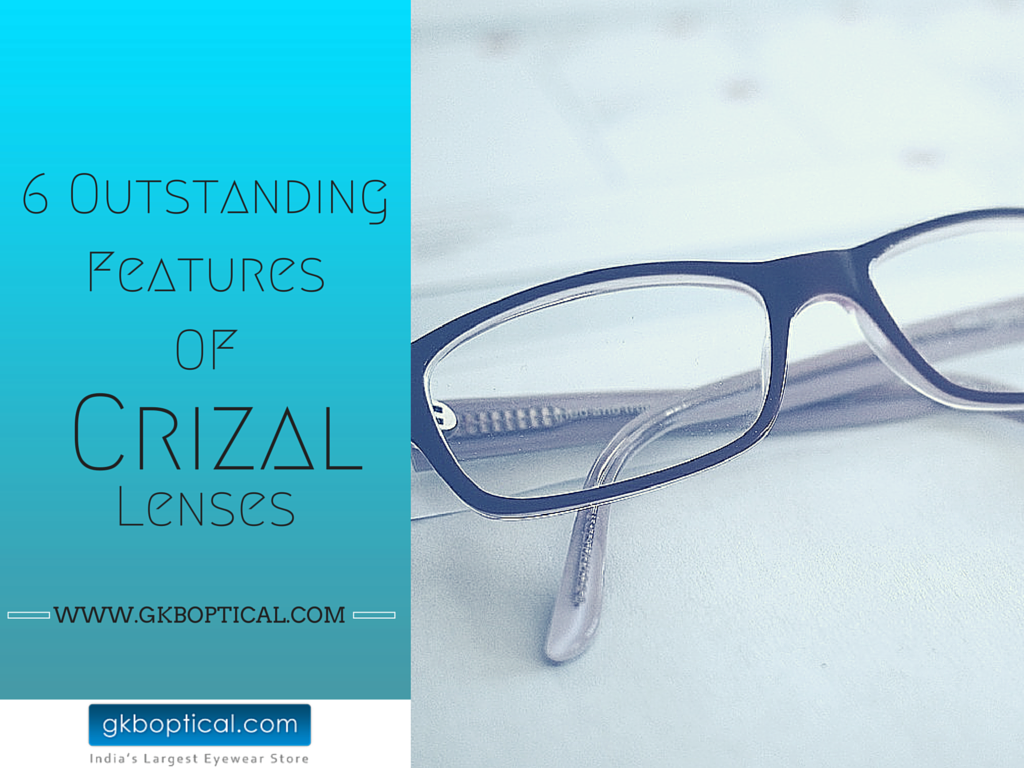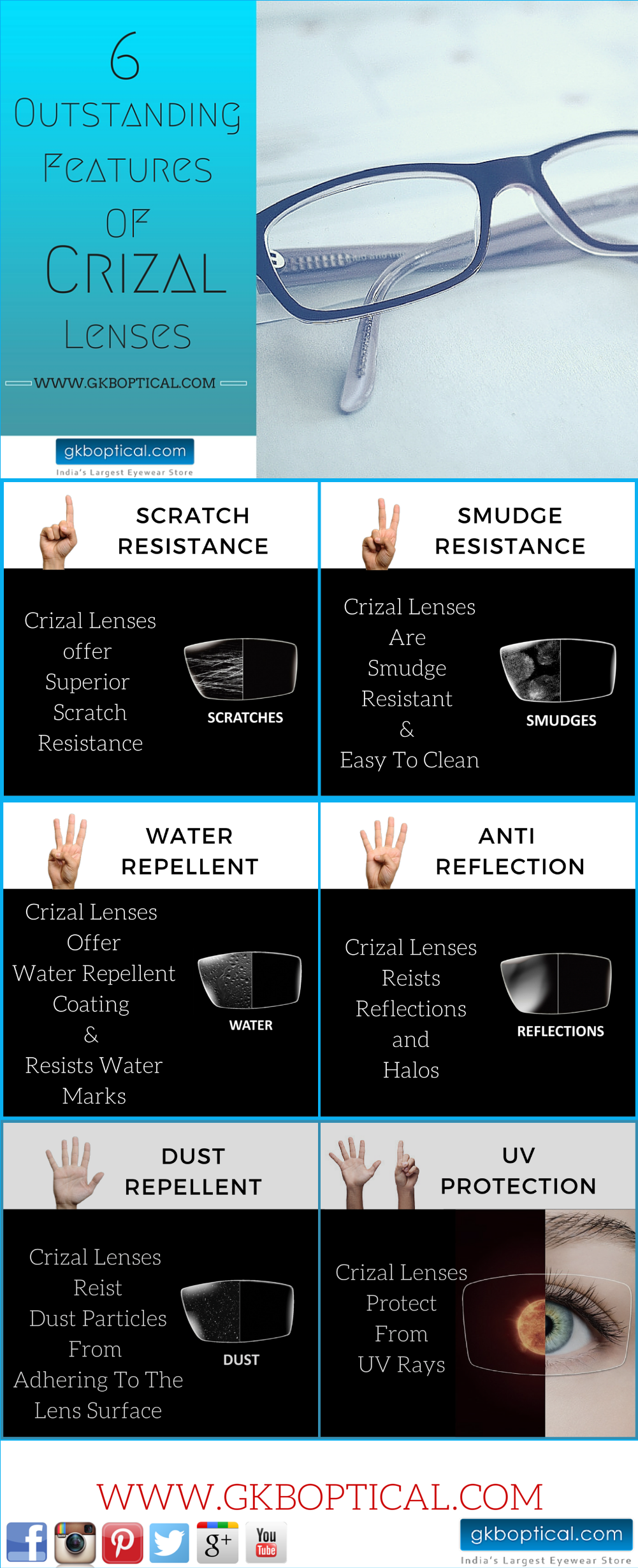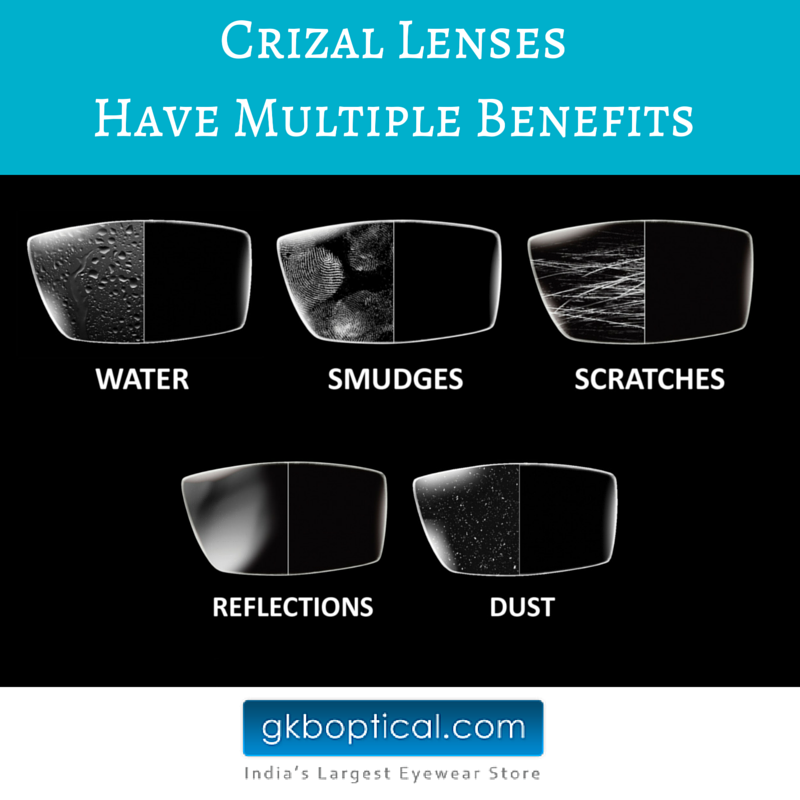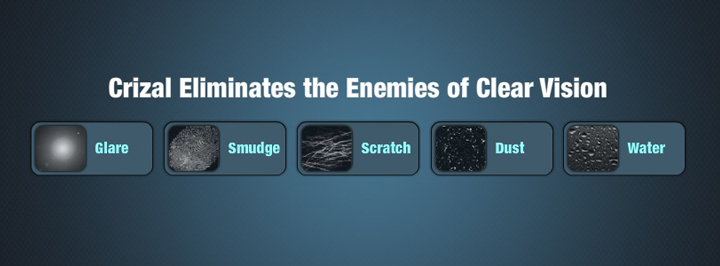Have you been suffering from vision problems? If you have moderate or severe myopia that stops you from following everyday works. For severely myopic patients, not wearing glasses mean not being able to see at all, whatever the distance may be. Not only do severely nearsighted people rely on their glasses, but they constantly need them to see.
Many people solved their vision problem with laser eye treatments but having a thin corneas or are severely myopic are not able to get their eyes treated with LASIK. For this purpose the popularity of Implantable lenses has been increasing. Many people are looking up to implantable lenses as the best way to achieve better eyesight. There are two types of lenses available for this procedure.
The first ones is The Verisyse Phaktic Intraocular Lens (IOL) , which is made with plastic. This lens is attached to the front of the iris. Ideal participants for the implants should be above 21 years with a stable vision and a refraction change of less than .5 diopters in six months. The ideal candidate for the IOL implantation should have a nearsightedness range from -5 diopters to -20 diopters. It is usually not foldable which means it requires a larger incision. It is also closer to the inner surface of the cornea which means it can increase the risk of corneal damage.
The second one is the Visian Implantable Collamer Lens. The concept of Implantable Lenses is made of polymer substances that are similar to collagen. These lenses are safe and effective. These lenses are made with collamer which is a naturally occurring substance in the body. Unlike the IOL lenses, these lenses are implanted behind the natural lens. These lenses are implanted for patients aged 21 to 45 years and with a refraction change with less than 0.5 diopters in a year. These lenses are available in two types, one that corrects myopia from -3 diopters to -16 diopters and another one that reduces myopia from -16 to -20 diopters. This lens is foldable and can be inserted through a fine incision and is placed close to the eye. Since the lens sits closer to the eye it can cause cataracts.
Now, there are ways in which you can help your vision and get improved vision. But since most types of severe nearsightedness is accompanied by astigmatism but none of these lenses treat astigmatism. There are a few phakic lenses which are known to treat myopia and astigmatism both .









